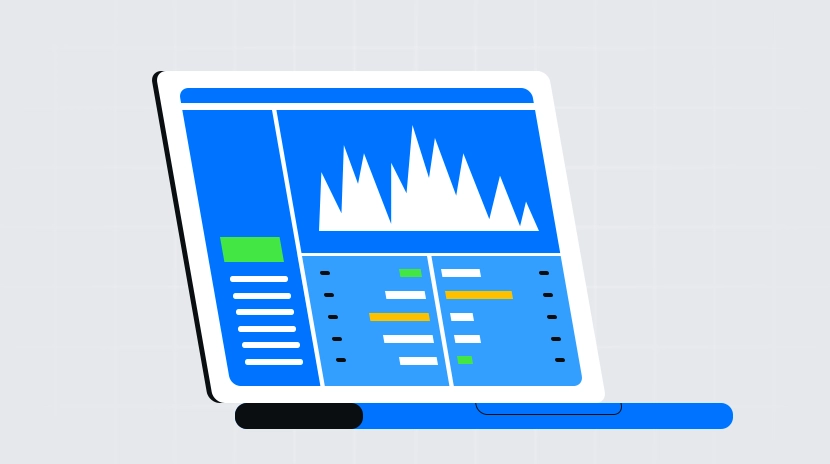almalgamation

Amalgamation refers to the process of combining two or more businesses or organizational entities to create a single new entity. In the cryptocurrency and blockchain domain, amalgamation typically involves the integration of projects, protocols, or companies with the aim of consolidating resources, expanding market share, or enhancing technological capabilities. Similar to traditional financial mergers, amalgamations in the crypto space can help projects achieve economies of scale, improve operational efficiency, and strengthen market competitiveness.
Background: The Origin of Amalgamation
Amalgamation as a business strategy has a long history, dating back to the late 19th and early 20th centuries during the Industrial Revolution. In traditional finance, mergers have been viewed as a crucial pathway for corporate growth. With the development of blockchain technology, this concept naturally extended into the cryptocurrency ecosystem.
During the early stages of the crypto industry (circa 2013-2017), the market was highly fragmented with thousands of projects and tokens emerging. As the industry matured, investors began to focus more on sustainable business models and real-world applications, driving a trend toward market consolidation.
The crypto bear market of 2018 further accelerated this process, with many projects facing funding shortages and survival challenges, leading to the first significant wave of crypto industry amalgamations. Since then, as the industry has further developed and matured, merger activities have become increasingly common in DeFi (Decentralized Finance), NFT (Non-Fungible Token), and Web3 sectors.
Work Mechanism: How Amalgamation Works
In the cryptocurrency and blockchain industry, amalgamations can take various forms:
-
Project acquisition: A crypto project completely acquires another project, including its technology, user base, and tokens. For instance, when a DeFi protocol acquires another protocol with complementary functionalities to expand its service range.
-
Token swap: When two projects merge, it often involves a token swap mechanism where holders of the original tokens receive tokens of the new entity according to a predetermined ratio.
-
Protocol integration: On a technical level, amalgamation may involve merging codebases, integrating smart contracts, or bridging across chains to combine the functionalities of two or more blockchain systems.
-
DAO governance mergers: Mergers between Decentralized Autonomous Organizations (DAOs) typically require approval through governance proposals and voting from both communities, ensuring transparency and community endorsement.
-
Team integration: Post-merger, the development teams from both projects integrate to work for the new entity, which may involve role reassignments and organizational restructuring.
Risks and Challenges of Amalgamation
While amalgamations can bring numerous benefits, they also come with significant risks and challenges:
-
Technical integration difficulties: Blockchain projects often have unique codebases and architectures, and integrating different systems can lead to technical conflicts and security vulnerabilities.
-
Community resistance: Active token holders and community members may oppose amalgamations, especially when they perceive the decision-making process as non-transparent or the terms as unfair.
-
Token value volatility: Merger announcements typically cause significant price volatility in the related tokens, which can be exploited by speculators for market manipulation.
-
Regulatory risks: In an uncertain regulatory environment, amalgamations may trigger regulatory scrutiny, especially when they involve cross-border entities or large-scale asset transfers.
-
Cultural conflicts: Teams from different projects may have different cultures, values, and working styles, which can lead to internal conflicts and inefficiencies post-merger.
-
Governance model integration: Merging two projects with different governance structures (e.g., a centralized project with a DAO) can complicate decision-making processes.
Amalgamation represents an important marker of maturity in the cryptocurrency and blockchain industry. As the market transitions from early-stage frenzied expansion to a phase more focused on efficiency and sustainability, we can expect to see more strategic mergers. For investors and users, understanding the dynamics of amalgamations and their potential impacts is crucial for making informed decisions in the rapidly evolving crypto ecosystem.
Share
Related Articles

Gate Research: 2024 Cryptocurrency Market Review and 2025 Trend Forecast

Altseason 2025: Narrative Rotation and Capital Restructuring in an Atypical Bull Market
